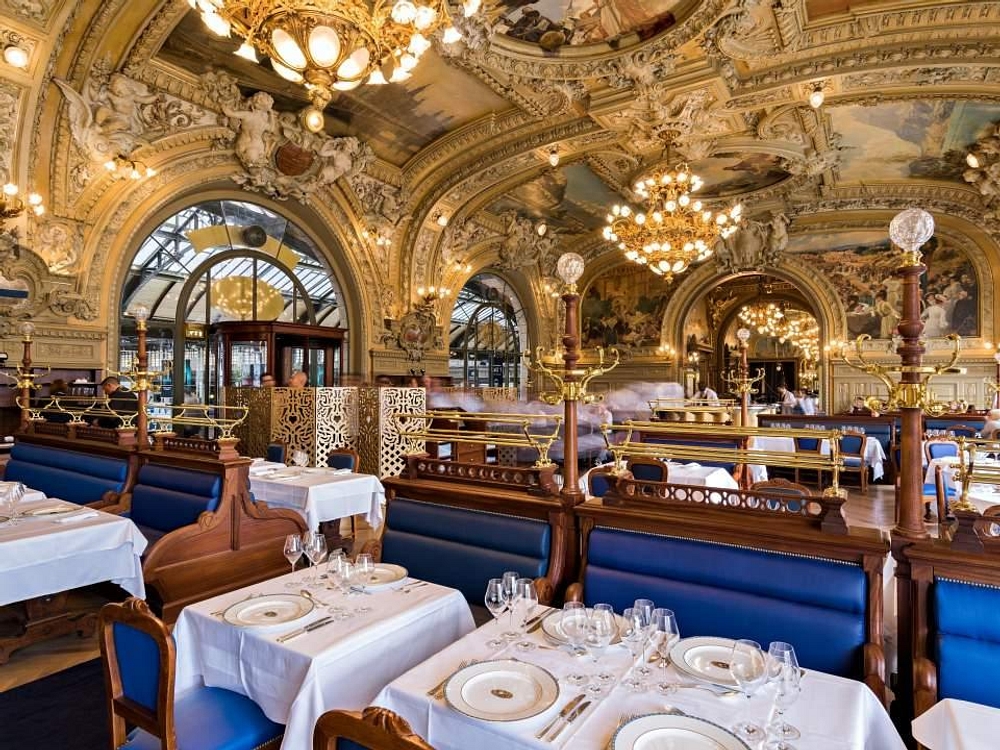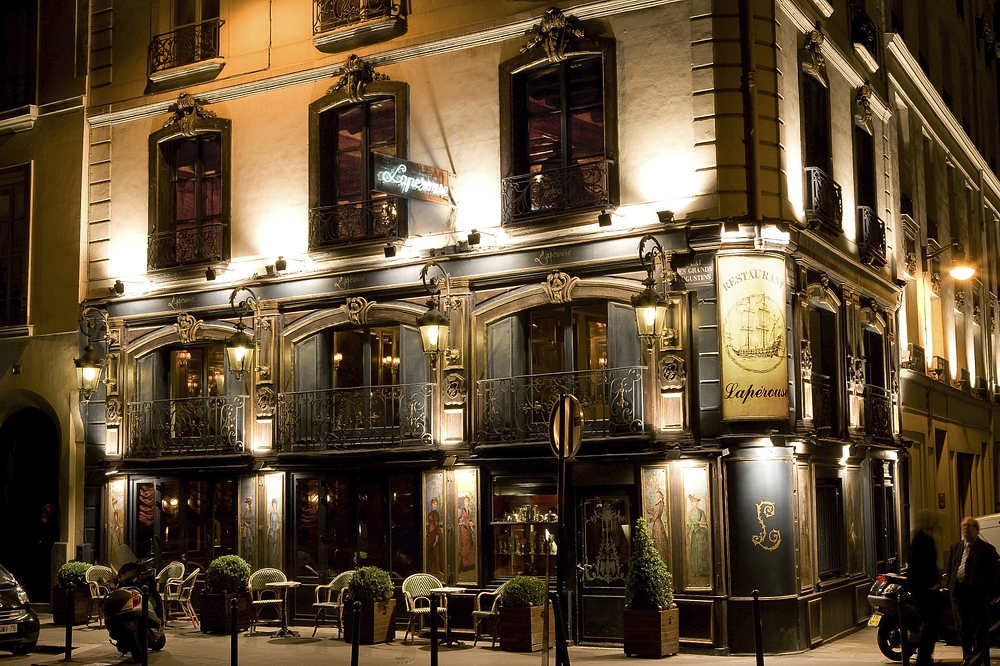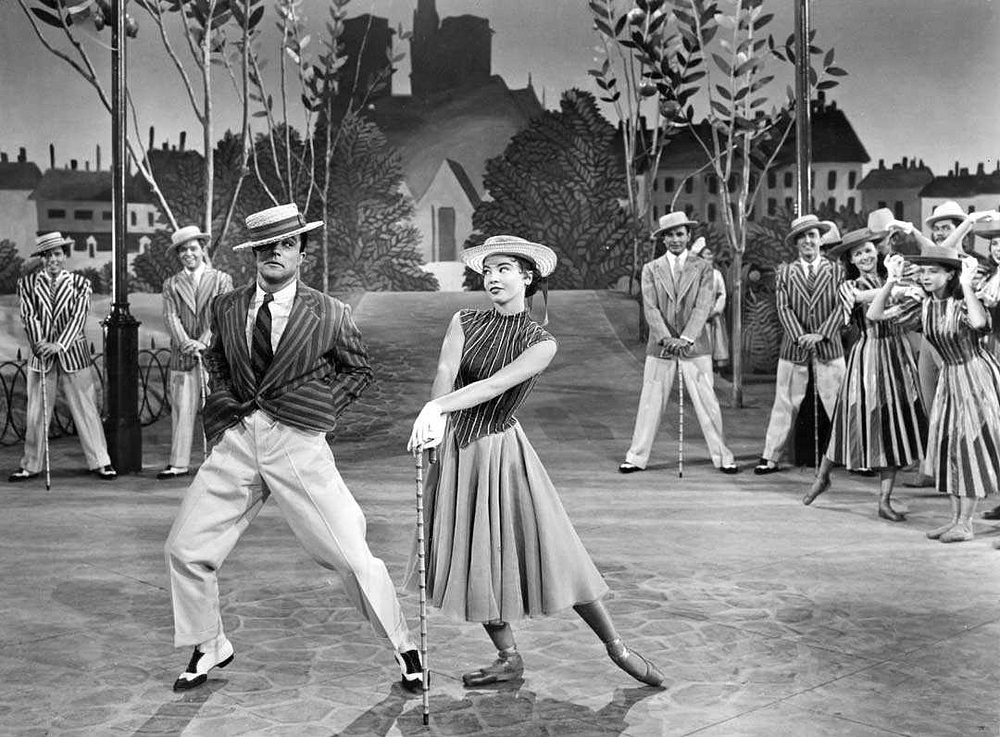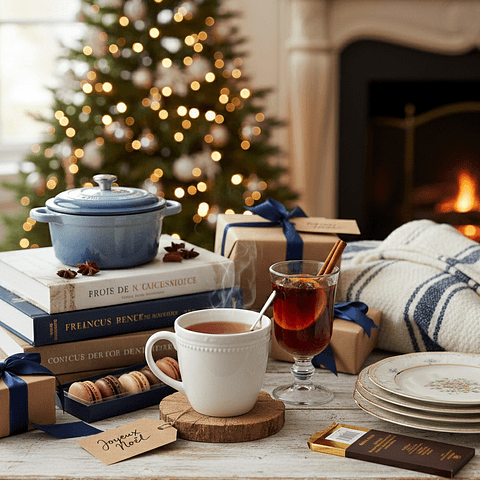Yes, Paris oozes history from every rue; in fact there's so much history in this city it positively pours down the boulevards - there's barely a building in this town that doesn't have a story, whether we know it or not. The city's restaurants and bars are no exception, as we found out with last month's Handy Map, which pinpointed 25 of Paris' most historic bars and restaurants.
As promised, this month we're bringing you a discerning little selection to tempt you into a historic hotspot next time you're in town. So here they are!
THE RESTAURANTS
____________________________
Bouillon Chartier
Chartier is... an experience. It's cheap, it's fast and it's boisterous, and the setting is something so wonderfully old-school-Paris that when it comes to this institution in the 9th arrondissement our only advice is this : just go with it. The dining room resembles a vast train-station hall, complete with over-head brass racks for stashing bags and coats, towering mirrors, dozens of globe lights and dark wood paneling. The zillion tables are almost always full to the brim, making for a busy, bustling, wonderfully noisy atmosphere through which the waiters weave (at speed!), scribbling orders directly onto the paper tablecloths before rushing on. Platters of steak frites and carafes of the latest vin du mois (wine of the month) arrive in a constant parade of bow ties and waistcoats - Chartier isn't about slow dining, it's French fast food set amidst oodles of Art Deco flair. A few words on the ways of Chartier - there is almost always a queue but it moves fairly quickly, and if you're a group of two don't be alarmed if you're sharing a table with another couple - that's just the way they do things here. All together now : go with it.
7 Rue du Faubourg Montmartre, 75009

©BouillonChartier
Le Train Bleu
If you're looking for the wow factor, Le Train Bleu should deliver. Located within the Gare de Lyon, at Le Train Bleu you'll find two historically listed dining rooms with stunning decoration, as well as a lounge bar full of cosy little spots to hang out with a cocktail or a glass of wine. Le Train Bleu's astonishing dining room was unveiled in 1901 and was the work of Marius Toudoire, the architect behind the station's façade and clock tower. Quickly attracting a wealthy clientele thanks to its elaborate grandeur, the station buffet was eventually renamed Le Train Bleu in 1963. With its ceiling paintings, effusive gilding, brass luggage racks and royal-blue colour scheme Le Train Bleu pretty much puts the special in special occasion.
Place Louis-Armand, 75012

©LeTrainBleu
Lapérouse
Time warp time! Lapérouse proclaims its long history loud and proud, from the beautiful façade with its dramatic street lamps and gilded detailing, to interiors brimming with over 250 years of history. Founded in 1766 by Lefèvre - who enjoyed the (very important) job of providing beverages to King Louis XV - by 1850, Lapérous was a favourite with Paris' luminaries, with Emile Zola, Georges Sand, Victor Hugo and Flaubert regularly to be found in the second-floor petits-salons - the most highly prized hideaways in the place. Once Auguste Escoffier took over the kitchen Lapérouse's reputation as a culinary destination par excellence was sealed, but there is something altogether more risqué for which this address became popular. Those famous petits-salons were ideal for secret assignations - something that a hidden stairway and underground passages leading to the Senate certainly helped with... in fact, the mirrors of these salons still bear the names of the mistresses who once met their lovers there. They would carve their names into the glass with the diamonds given to them, to ensure they weren't fake! Priorities.
51 Quai des Grands Augustins, 75006

©Lapérouse
Bars
______________________
Bar Hemingway
The history of a bar isn't just about its age, but its clientele. For instance, Cole Porter might have spent long hours in a particular bar and may even have written "Begin the Beguine" there; F. Scott Fitzgerald may have had a preferred seat; or Ernest Hemingway might have "liberated" his favourite drinking den from the Germans at the end of World War II. Alternatively, all these things could have taken place in one diminutive bar in a very famous hotel....Bar Hemingway at the Ritz. Lifelong Ritz barman Colin Peter Field is a cocktail star known around the world, and can be found whipping up concoctions for guests who manage to snag one of the few tables surrounded by Hemingway memorabilia. This is a Paris institution that has earned its historic stripes many times over, and will hopefully continue to do so for another few centuries.
15 Place Vendôme, 75001

©BarHemingway
Les Bains

A legend of the Paris nightlife scene, Les Bains has partied for over 130 years. First a bath house (hence the name) and later Paris' answer to Studio54, Les Bains has certainly seen some star-studded sights. Everyone who's anyone has crossed this historic threshold, from David Bowie and the Rolling Stones, to Andy Warhol and Robert de Niro (to name but a few). Closed for many years, Les Bains finally strutted back onto the Paris scene in 2015 with all the sass of its glory days. Boutique hotel, restaurant, nightclub... Les Bains is also a power-house of bold design, and to enjoy the delicious drama all you need do is pull up a bar-stool beneath a gorgeous undulating ceiling and take in the general splendor.
7 Rue du Bourg l'Abbé, 75003
Harry's New York Bar
In 1911, the American jockey Tod Sloan bought this little bar and named it the New York Bar, then hired a barman named Harry to run it for him. 107 years later, Harry's New York Bar is still serving. Humphrey Bogart, the Duke of Windsor, Coco Chanel, Rita Hayworth and Hemingway (of course Hemingway) and many more made Harry's their Paris local, while downstairs in the red-velvet piano bar George Gershwin composed An American in Paris. Harry's is also the birthplace of the Bloody Mary and the Sidecar, so why not stop in just to say thanks for the heady concoctions Harry gave to the world.
5 Rue Daunou, 75002

The inimitable Gene Kelly and Leslie Caron in the 1951 movie An American in Paris

